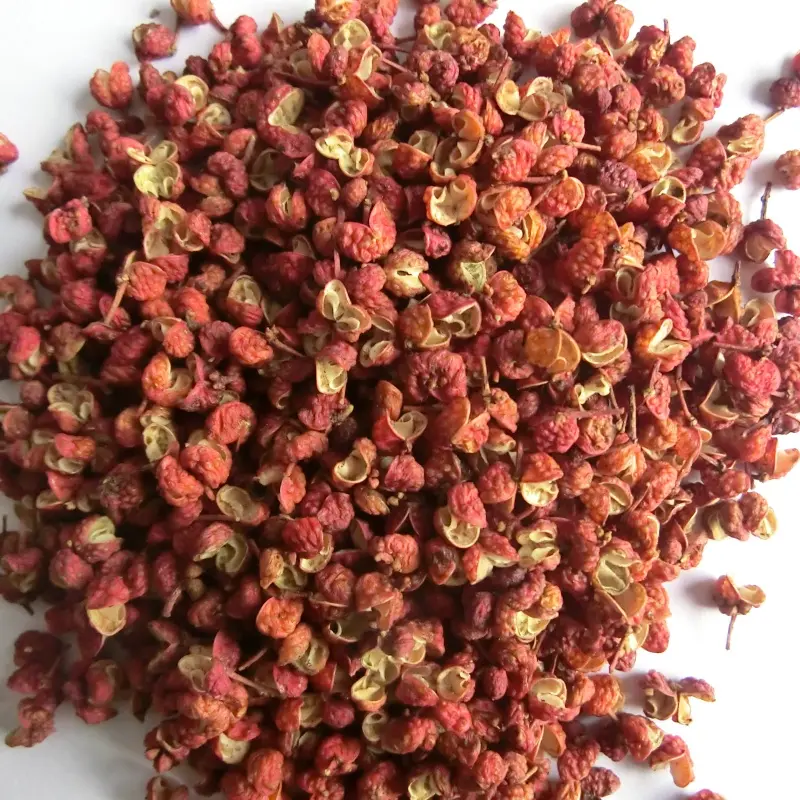Historical Context: The Ancient Spice Routes
The trade of spices has historically been a cornerstone of global commerce, with the ancient Silk Road serving as a vital conduit for the exchange of goods, ideas, and cultures. Szechuan peppers, native to the Sichuan province of China, were among the many spices that traveled along these routes. Their unique flavor profile made them highly sought after, not only in China but also in neighboring regions.
However, the spice trade faced numerous challenges over the centuries, including political instability, shifting trade routes, and competition from other spices. By the 20th century, the global trade of Szechuan peppers had diminished significantly, with the spice largely confined to regional markets in China.
The Revival of Szechuan Pepper Trade
The 21st century has witnessed a remarkable resurgence in the global trade of Szechuan peppers. This revival can be attributed to several key factors:
1. The Globalization of Asian Cuisine
The growing popularity of Asian cuisines, particularly Chinese, Korean, and Japanese, has played a pivotal role in driving demand for Szechuan peppers. As international consumers become more adventurous in their culinary preferences, the demand for authentic ingredients like Szechuan peppers has surged.
2. The Rise of Foodie Culture
The rise of foodie culture, fueled by social media and culinary tourism, has also contributed to the spice's global appeal. Food enthusiasts and chefs alike are constantly seeking new and exotic flavors, and Szechuan peppers, with their distinctive numbing sensation, have become a favorite among culinary innovators.
3. Health and Wellness Trends
Szechuan peppers are not only prized for their flavor but also for their potential health benefits. Rich in antioxidants and known for their anti-inflammatory properties, they align well with the growing consumer interest in functional foods and natural remedies.
The Economic Dynamics of Szechuan Pepper Trade
1. Production and Harvesting
Szechuan peppers are primarily grown in the Sichuan province of China, where the climate and soil conditions are ideal for their cultivation. The harvesting process is labor-intensive, requiring skilled workers to hand-pick the peppercorns and dry them carefully to preserve their flavor.
The majority of Szechuan pepper production is still carried out by small-scale farmers, who rely on traditional methods passed down through generations. However, as demand has increased, some larger agricultural enterprises have begun to invest in more mechanized and efficient production techniques.
Table 1: Szechuan Pepper Production Statistics (2022)
| Region | Production (Tons) | Percentage of Global Production |
|---|---|---|
| Sichuan Province | 15,000 | 85% |
| Yunnan Province | 2,000 | 11% |
| Other Regions | 500 | 4% |
| Total | 17,500 | 100% |
2. Local Markets and Distribution
In China, Szechuan peppers are widely available in local markets, where they are sold both in whole and powdered forms. The domestic market remains the largest consumer of Szechuan peppers, with the spice being a key ingredient in many regional dishes, such as Mapo Tofu and Kung Pao Chicken.
From these local markets, Szechuan peppers are distributed to larger regional hubs, where they are processed and packaged for export. The city of Chengdu, the capital of Sichuan province, serves as a major trading center for the spice.
Figure 1: Domestic vs. Export Distribution of Szechuan Peppers (2022)
Domestic Consumption: 70%
Export: 30%
3. International Export Hubs
The global trade of Szechuan peppers is facilitated by a network of international export hubs. Major ports in China, such as Shanghai and Shenzhen, handle the bulk of the spice's exports, shipping it to destinations around the world.
In recent years, the United States, Europe, and Southeast Asia have emerged as key markets for Szechuan peppers. The spice is increasingly being used in a variety of cuisines, from traditional Chinese dishes to fusion recipes that blend Eastern and Western flavors.
Table 2: Top Export Destinations for Szechuan Peppers (2022)
| Country/Region | Import Volume (Tons) | Percentage of Total Exports |
|---|---|---|
| United States | 2,500 | 35% |
| European Union | 1,800 | 25% |
| Southeast Asia | 1,200 | 17% |
| Japan | 800 | 11% |
| Others | 700 | 12% |
| Total | 7,000 | 100% |
4. Challenges in the Global Trade
Despite the growing demand, the global trade of Szechuan peppers faces several challenges. One of the primary issues is quality control. The unique flavor of Szechuan peppers is highly dependent on the conditions in which they are grown and processed. Ensuring consistent quality across different batches can be difficult, particularly when dealing with small-scale producers.
Another challenge is the competition from other spices and flavoring agents. As the global spice market becomes more crowded, Szechuan peppers must compete with a wide range of other ingredients for consumer attention.
Example: Quality Control Issues
In 2021, a batch of Szechuan peppers exported to the United States was rejected by the FDA due to high levels of pesticide residue. This incident highlighted the need for stricter quality control measures and better compliance with international food safety standards.
The Future of Szechuan Pepper Trade
The future of the global trade of Szechuan peppers looks promising, but it will require careful navigation of the challenges ahead. Here are some key trends and developments to watch:
1. Sustainable Farming Practices
As consumer awareness of environmental issues grows, there is increasing pressure on producers to adopt sustainable farming practices. This includes reducing the use of pesticides, conserving water, and promoting biodiversity. Sustainable farming not only benefits the environment but also enhances the quality and appeal of Szechuan peppers in the global market.
Case Study: Organic Szechuan Pepper Farming in Sichuan
A cooperative of small-scale farmers in Sichuan has recently transitioned to organic farming methods, resulting in a 20% increase in export prices due to the higher quality and sustainability of their product.
2. Technological Innovations
Technological innovations in agriculture and food processing are likely to play a significant role in the future of Szechuan pepper trade. From advanced drying techniques to blockchain-based supply chain tracking, these innovations can help improve efficiency, ensure quality, and enhance transparency in the trade of Szechuan peppers.
Example: Blockchain for Supply Chain Transparency
A major exporter in Chengdu has implemented blockchain technology to track the journey of Szechuan peppers from farm to table. This has increased consumer trust and allowed for better quality control throughout the supply chain.
3. Expanding into New Markets
While Szechuan peppers have already gained a foothold in many international markets, there is still significant potential for expansion. Emerging markets in Africa, Latin America, and the Middle East present new opportunities for growth, particularly as global interest in diverse cuisines continues to rise.
Figure 2: Projected Growth in Szechuan Pepper Exports (2023-2028)
Africa: 15% annual growth
Latin America: 12% annual growth
Middle East: 10% annual growth
4. Cultural Exchange and Culinary Innovation
As Szechuan peppers become more widely available, they are likely to inspire new culinary innovations and cultural exchanges. Chefs and food enthusiasts around the world are experimenting with the spice, creating new dishes and flavor combinations that blend traditional and modern elements.
Example: Szechuan Pepper in Fusion Cuisine
A Michelin-starred restaurant in New York has introduced a Szechuan pepper-infused chocolate dessert, combining the spice's numbing sensation with the richness of dark chocolate. This innovative dish has received widespread acclaim and highlights the versatility of Szechuan peppers in modern cuisine.
Conclusion
The global trade of Szechuan peppers is a fascinating example of how a traditional spice can experience a modern revival. From their origins in the Sichuan province of China to their growing presence in international markets, Szechuan peppers have become a symbol of the interconnectedness of global trade and culture.
As demand for this unique spice continues to grow, it will be essential for producers, traders, and consumers to work together to ensure its sustainable and equitable trade. By doing so, we can preserve the rich heritage of Szechuan peppers while embracing the exciting possibilities of their future.
In a world that is increasingly connected, the story of Szechuan peppers serves as a reminder of the enduring power of spices to bring people together, across borders and cultures, in the shared enjoyment of good food.
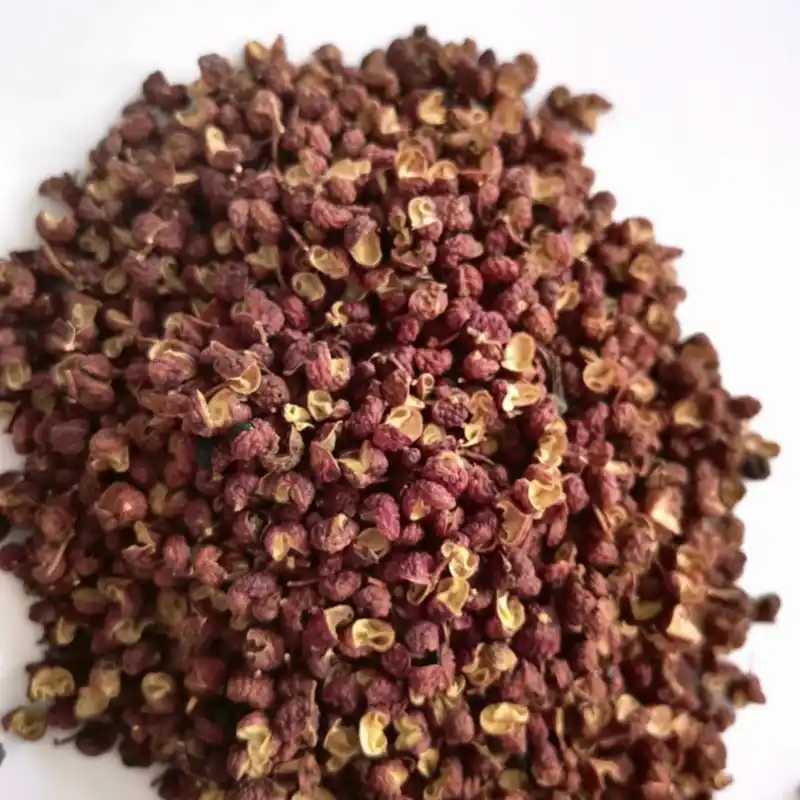
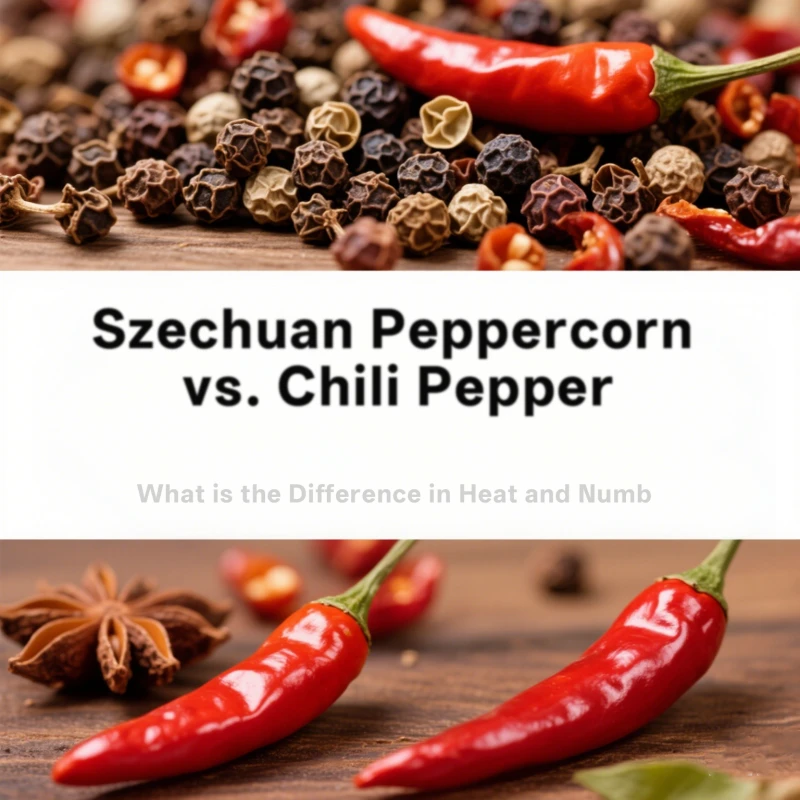
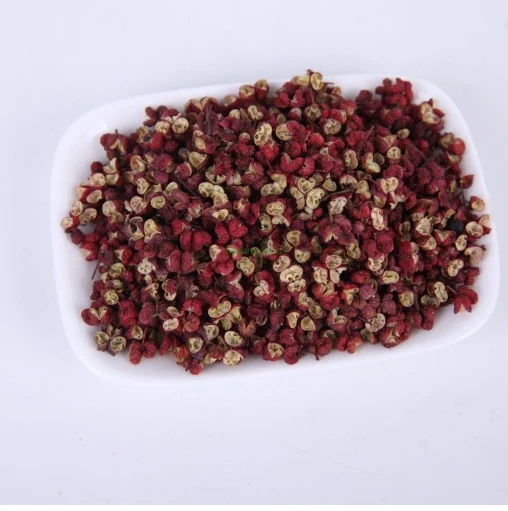
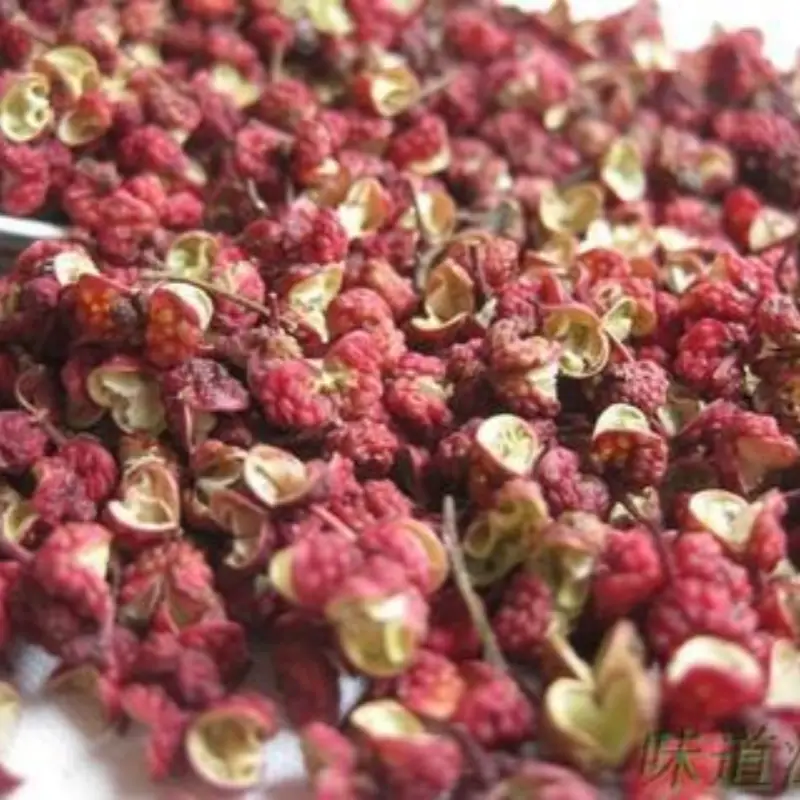

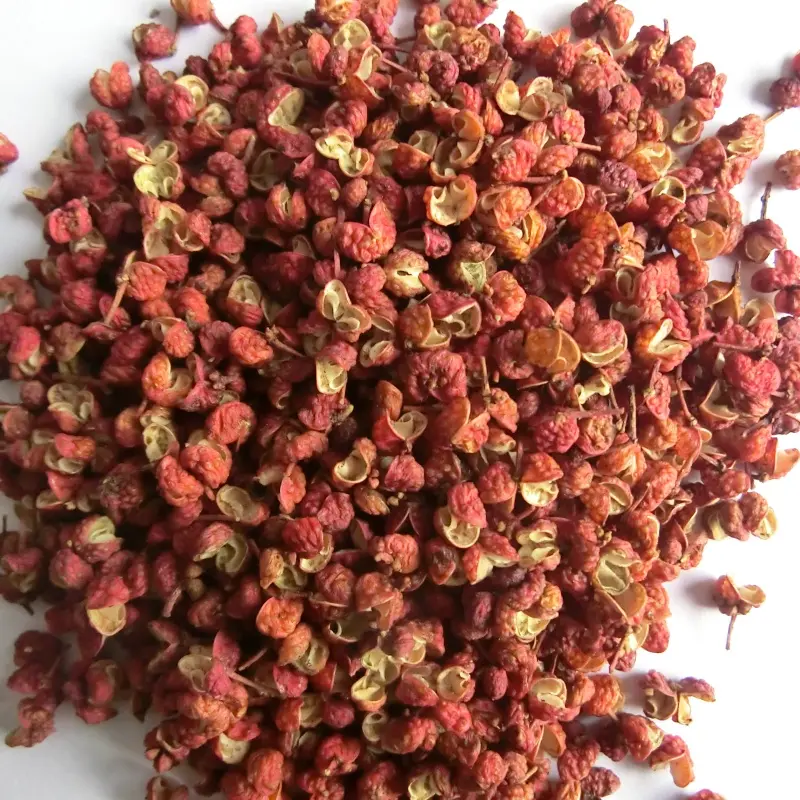
811.webp)
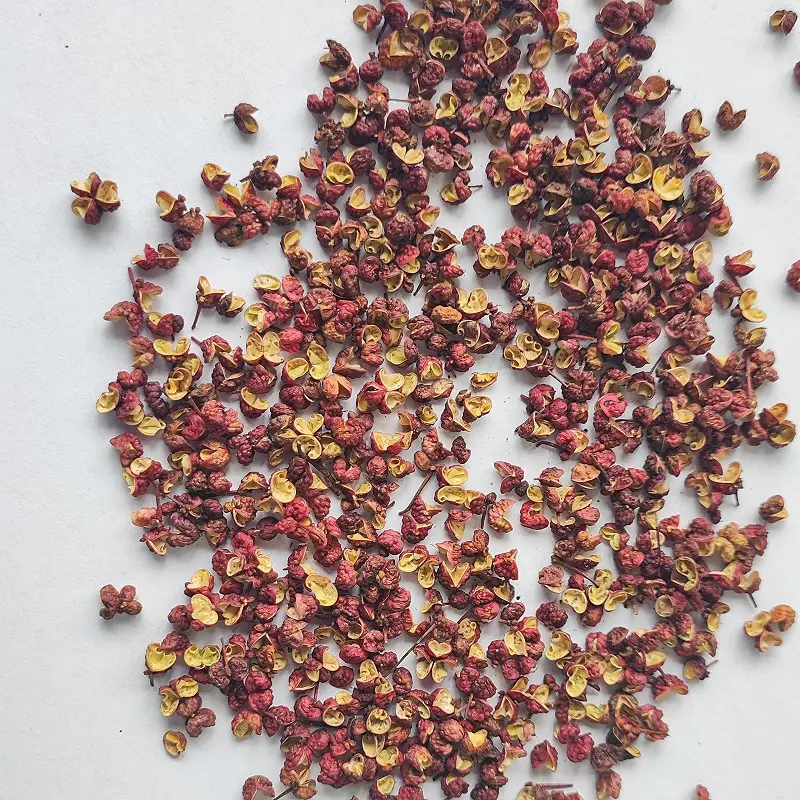
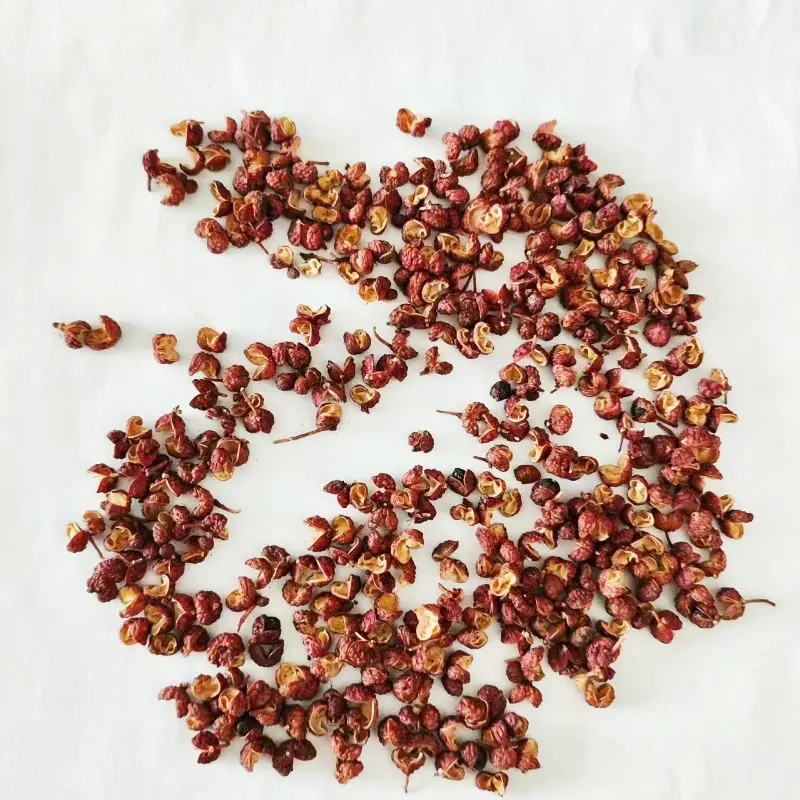
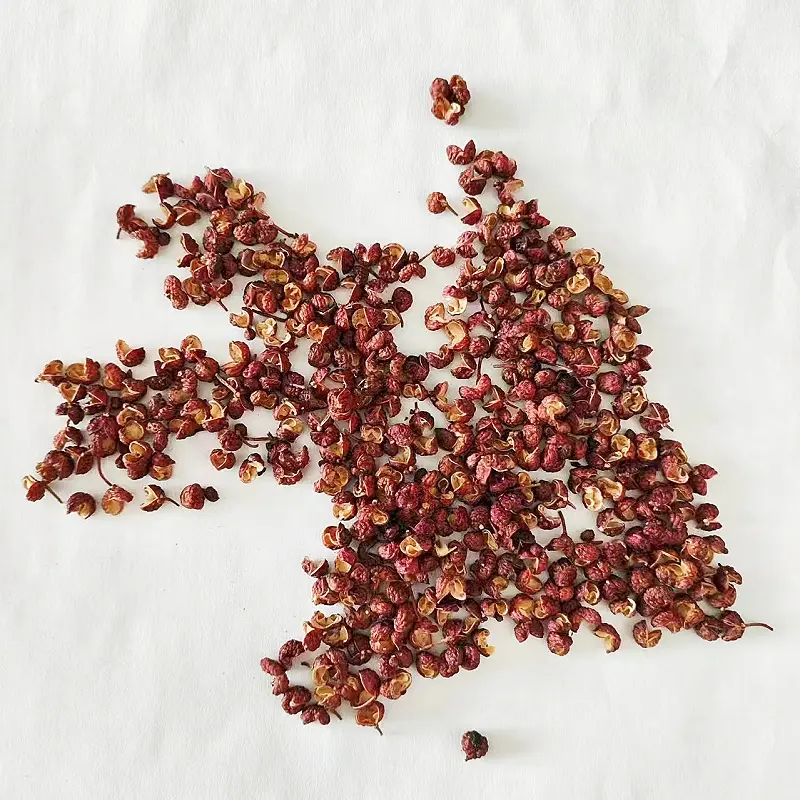
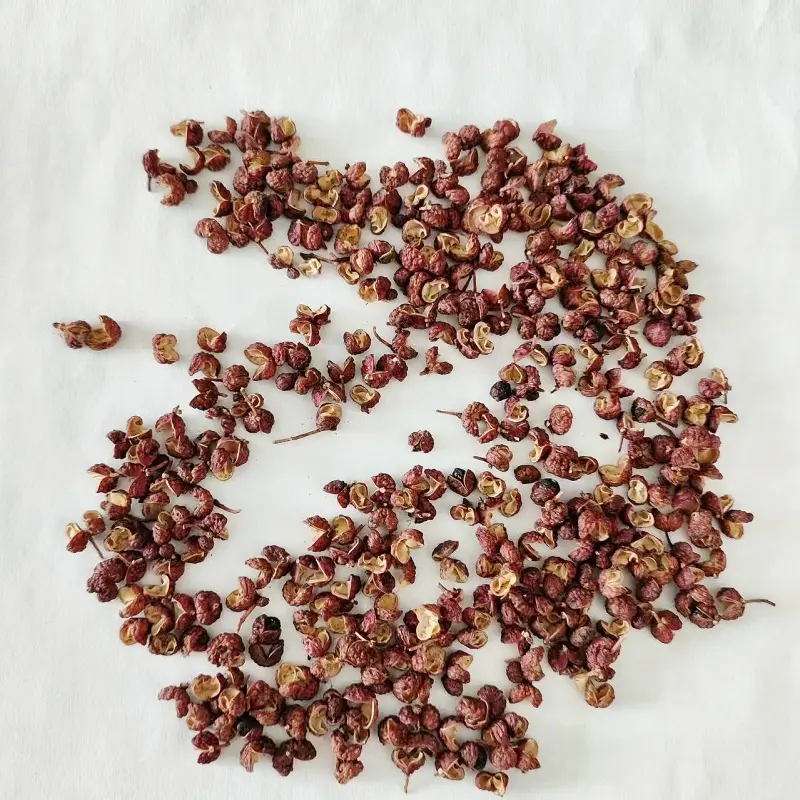
114.webp)
